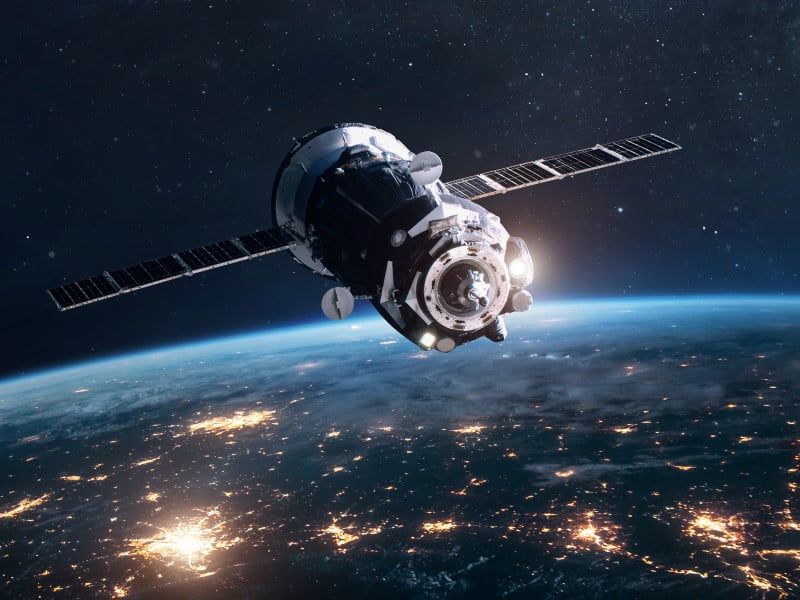US defence giant Lockheed Martin will bring decimetre accuracy to satellite positioning in Australia and New Zealand after securing a $1.18 billion contract to deliver the South Hemisphere’s first satellite navigation augmentation network.
The federal government awarded Lockheed Martin Australia the lucrative 19-year contract for the Southern Positioning Augmentation Network (SouthPAN) last week following a lengthy procurement process.
A joint initiative between Australia and New Zealand, SouthPAN aims to deliver a 50-fold increase in satellite positioning precision on land and in surrounding maritime zones, from the current 5 to 10 metres down to 10 centimetres.
It will augment existing global navigation satellite systems GPS and Galileo, delivering improvements in a range of industries including aviation, agriculture, transport, construction and mining.

Geoscience Australia is leading the development, deployment and operation of SouthPAN with Toitū Te Whenua Land Information New Zealand. It approached the market for the network in March 2020.
The government first set aside $160.9 million in funding for SouthPAN in the 2018 federal Budget, with a further $521.8 million provided in the las year’s mid-year economic and fiscal outlook (MYEFO).
On Friday, Resources Minister Madeleine King announced Geoscience Australia’s selection Lockheed Martin Australia the successful bidder, with the system to deliver the first services in the coming weeks.
The $1.183 billion contract will see Lockheed Martin receive $62.3 million a year – or $5.2 million a month – for the next 19 years.
“SouthPAN will provide instant, accurate and reliable positioning to users across all of Australia and New Zealand’s land and maritime zones without the need for a mobile phone signal or internet,” she said.
“We’ve already demonstrated that industry and the community can use this for ground-breaking applications that increase safety, improve productivity and drive innovation across a broad range of industries.”
Minister King estimated that SouthPAN would generate more than $6 billion in benefits to the Australian economy over the next 30 years, with the network leading to a number of improvements to existing technology.
Mining companies would, for instance, be able to improve the collision avoidance systems on automated mining trucks, while light aircraft could use the system to land more safely in remote areas during storms.
New Zealand Land Information Minister Damien O’Connor said SouthPAN would provide the “crucial digital infrastructure for the future and we expect the actual benefits to be greater over the project’s lifespan”.
Geoscience Australia will now work with Lockheed Martin to “establish a network of Global Navigation Satellite System reference stations, a corrections processing facility and satellite uplink facilities”.
While the release of the “first precise, open-access positioning services” are planned for the “coming weeks”, SouthPAN services are not expected to be fully operational across Australia and New Zealand until 2028.
Lockheed Martin Australia and New Zealand chief executive Warren McDonald welcomed the SouthPAN contract and said the company is “committed to growing a long-term and sustainable space presence in Australia”.
The company is also currently vying for the Department of Defence’s Australia Defence Satellite Communication System (ADSS) project, known in military circles as JP9102, alongside Optus, Boeing and Airbus.
A contract for ADSS – which will replace Defence’s existing satellite communication system, including the C1 satellite provided by Optus – is expected sometime before the end of the year.
Do you know more? Contact James Riley via Email.

